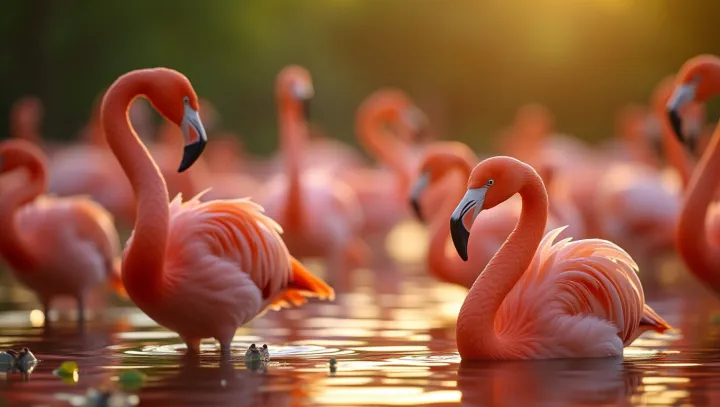Why Are Flamingos Pink? A Dietary Mystery

In the vibrant wetlands of the Americas, Africa, and Asia, the spectacle of flamingos standing in shallow waters is a mesmerizing sight. Their iconic pink plumage captures the imagination, but it is their diet that holds the secret to this vivid coloration. According to experts from the International Ornithologists' Union, flamingos derive their pink hue from a diet rich in beta-carotene, a red-orange pigment found in high levels in the algae and crustaceans they consume.
This pigment is metabolized into carotenoids, which in turn, are deposited in the feathers and skin of these birds. Dr. Elena Perez, an ornithologist at the Bird Conservation Institute, states, 'The pink coloration of flamingos is a fascinating example of how diet is intrinsically tied to physical attributes.
It highlights the complex relationship between ecology and organismal biology.' Such findings compel further research into dietary impacts across various species. Understanding flamingos' unique pigmentation not only satisfies scientific curiosity but also underscores the influence of environmental factors on animal development. As climate change affects food availability, observing flamingos offers insights into broader ecological shifts.
